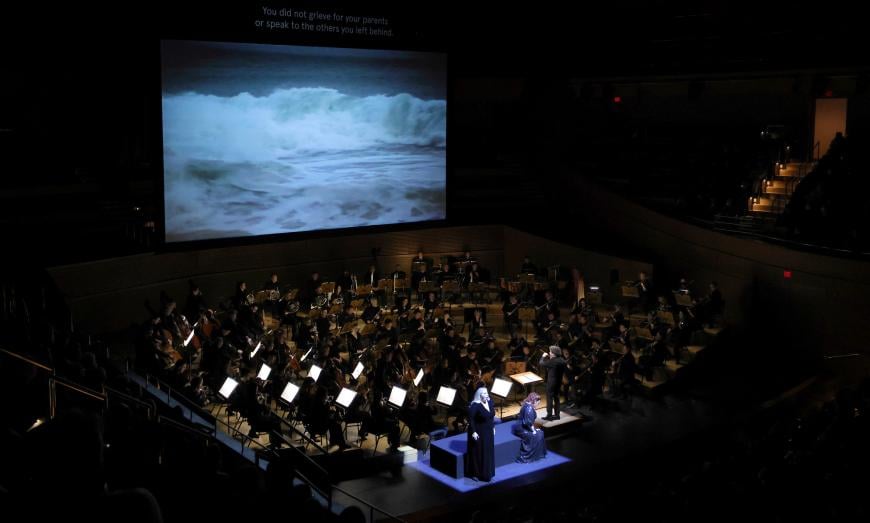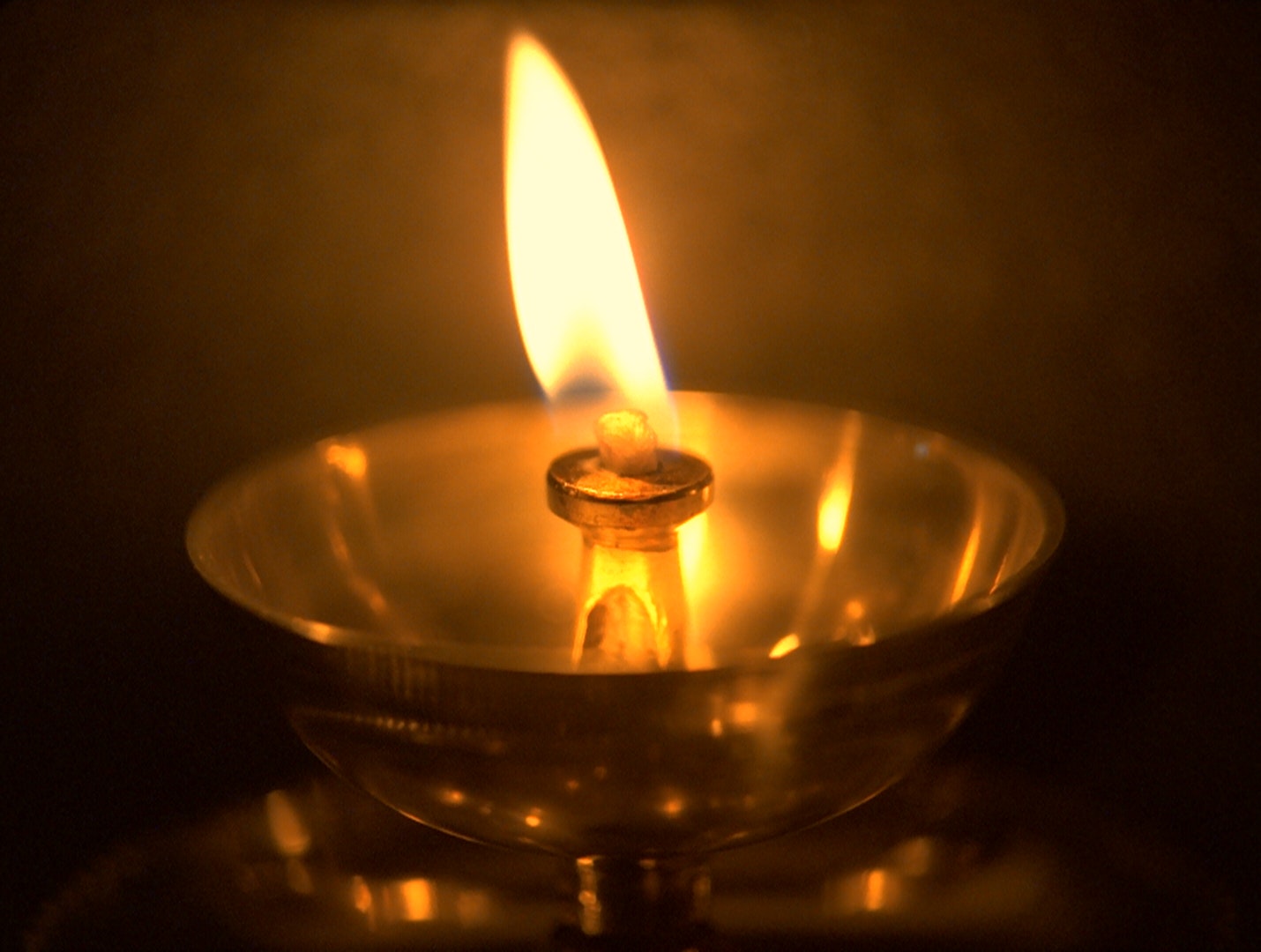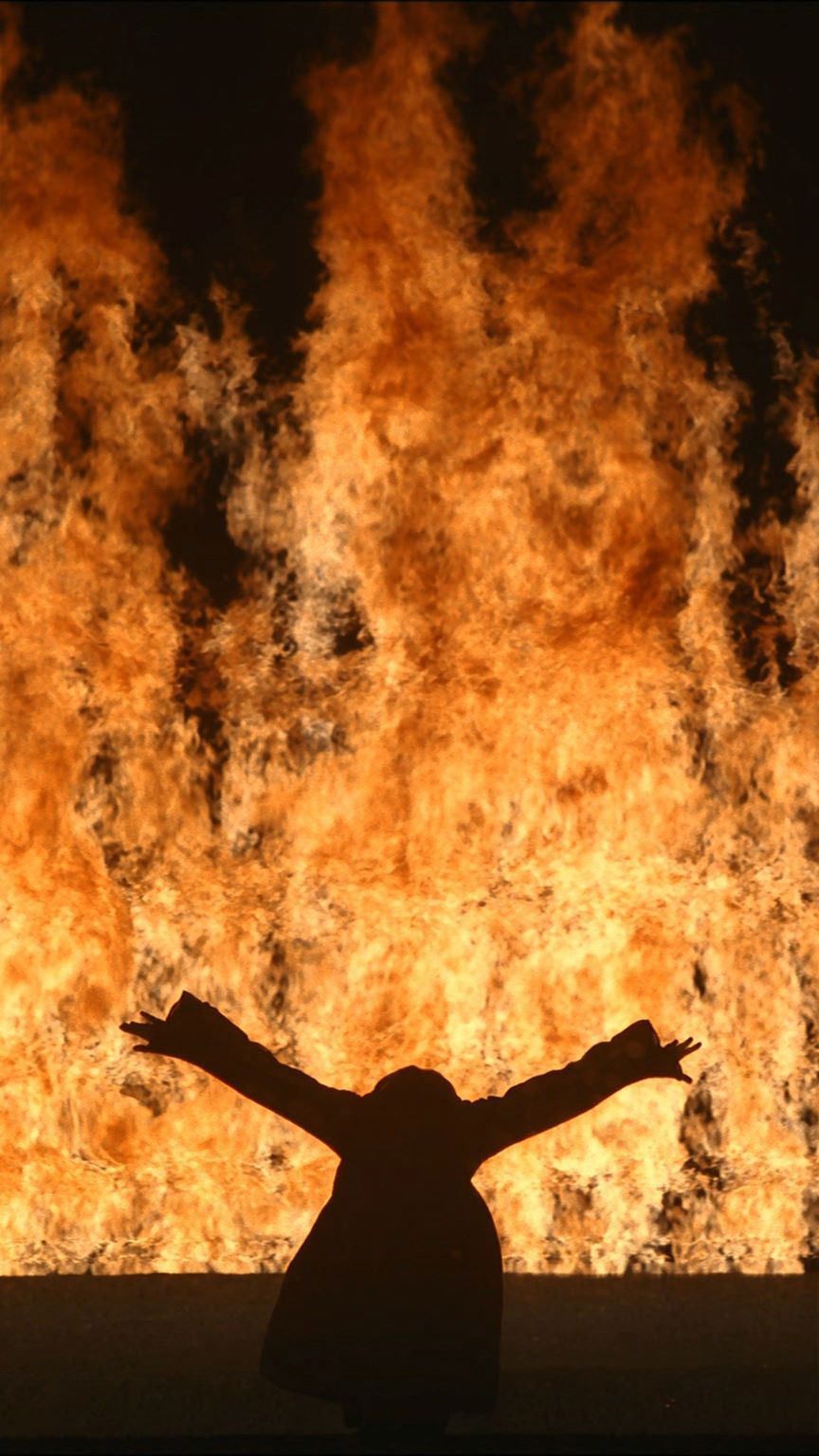We revisit the canonical operatic repertoire for many reasons. And—notions of gesamtkunstwerk to one side—it’s really no different with the Wagnerian repertoire. You could almost attach that description to operas dating from the Baroque. (One might easily make a case for the trio of Handel’s Orlando operas. Verdi’s Don Carlo has something of this scope.) The music is what keeps us coming back (and in its most compelling instances, never really lets us go). What sets Wagner apart is an ambition that can only be described as (after one of Wagner’s most famous ‘frenemies’) Nietzschean.
Even amongst Wagner’s operas, including the Ring cycle, Tristan und Isolde stands out for the cumulative and convulsive power of its fusion of music and dramaturgy. And it’s not just in that famous ‘Tristan chord’—that dual harmonic ‘sigh’ of apprehension and resignation that moving past its dominant seventh willfully falls short of full resolution, but in the rich, variably cresting and conversational orchestral interplay amongst strings, horns (on and off stage), and woodwinds, that carries both the opera’s principals and the audience through its volcanic depths and delirious heights of romance, release and transfiguration.
I don’t always read program notes, but although this was my fourth or fifth Tristan (and my second time encountering the Viola Tristan Project—I saw two parts of the first (2004) mounting of the Project), I did this time around and was delighted—both by John Henken’s informed and very smart musical and cultural commentary, and director Peter Sellars’ open-hearted, almost cosmically empathic notes on this mythic drama. (Though I’m more inclined to attribute Wagner’s philosophical/theosophical gloss on the Tristan poem and mythos to Schopenhauer’s influence, along lines Henken cites in his notes—not to mention the Hans von Bülow Nirvana, which Henken (not missing a trick!) also references.) I’m not sure Tristan and Isolde are really acknowledging the Buddha’s ‘four noble truths’, however their trauma-riddled lives bear witness to them; but certainly Sellars’ (to borrow his own words) is a “celestial voice of compassion.”
Whether these two wounded, destiny-crossed lovers should inspire such compassion is a question that only the music can answer affirmatively, and only after progressively darker chromatic transitions—much like the lovers’ mutual flight into Night and darkness, all but defying the suspense, or even the fate and foreboding of the Act III Prelude. Like Brangäne, like Kurwenal, we can only bear witness.
Bill Viola meets Wagner more or less at this spiritual/emotional/elemental fulcrum between light and dark/day and night, fire and water, earth and air; and the molecular ‘weave’ between them. I have to assume this production benefited from Sellars’ and Viola’s cumulative experience over several productions. If anything Viola’s overall concept and execution seems even more successful and fully realized the second time around—but then I was more than a little dazzled by the imagery and electricity of the performances in its original incarnation (and with a cast no less dazzling, including Christine Brewer and Jill Brewer in the roles of Isolde and Brangäne).

This time it was as if I gave myself over not only to the orchestral painting and Viola’s visual accompaniment, but to the elements themselves. I was reminded yet again just how much of the story unfolds on water, on the open sea (between the Ireland coast and Cornwall in the first act, and again between Cornwall and Brittany (or at least its approach) in the third). The sea is never far from us—crucial to the bond between Tristan (Michael Weinius), King Marke (Eric Owens), Kurwenal (Ryan Speedo Green) and the sailors that steer them forward and literally put the wind in their sails. Wagner writes fate and foreboding into the score (the final act’s last F minor mount in modulating fourths up to that ethereal G above high-C), but he is also the weatherman of the winds and waves that carry us there. The first act opens in shades of gray—grainy waves (Viola reportedly used surveillance cameras to convey this effect—I thought of Vija Celmins’ drawings) giving way to white water waves, and ultimately to pale gray horizon lines with pinpoint harbor lights—before (following Isolde’s dark memories and darker meditations) transitioning to more explicitly symbolic imagery.

As sea and landscape elements give way to the symbolic, it’s as if Viola is trying to create visual portals (almost literally) between the fated lovers (empty door frames channel gazes that cannot yet meet), though eventually figures are set in motion through them across a barren isle. I almost felt as if Viola could have treated the figures abstractly—Giacometti silhouettes sent wandering across desert islands, through trees, wind, waves. But, not unlike other elements, putting the figures in motion is sometimes best accomplished by actual human actors (and acrobats). We’re also reminded here of the compassion that pierces the bitterness of Isolde’s human connection to her nemesis-true love. Viola’s play with the elements—water becomes flames, waves become cliffs, trees dissolving into clouds into light—is both symbolic and almost physically triggering, echoing the musical alchemy of transformation and transfiguration.
Here was a crucial distinction between my bedazzlement in 2004 and my sobering, slightly skeptical view more than a decade and a half later: it is more difficult to ‘put down the sword’ when ‘Night’ has so clearly, sweepingly, and lethally consumed and conquered ‘Day’. We come to this ecstatic transfiguration (and there is all of that in the Leibestod) in a kind of melancholy—conscious of the inexorable ebb and flow of matter, energy, and physical phenomena, of our place in that ebb and flow; but also conscious of what we see in the clear light of day. We’ve set water on fire (in so many ways and places) and it’s not as if we just arrived here. Tristan and Isolde are agents of love, advocates for its transformative power. But they’re also simply variously blunt and sharp instruments of human treachery.
From the light of Day . . .
I wished to flee
into Night,
to take you with me,
where my heart would bid me
end all deception,
where the vain premonition
of treachery might be dispelled. . . .
[Das als Verräter
dich mir wies,
dem Licht des Tages
wollt’ ich entfliehn,
dorthin in die Nacht
dich mit mir ziehn,
wo der Täuschung Ende
mein Herz mir verhiess;
wo des Trugs geahnter
Wahn zerrinne;. . . .]
Brangäne (Okka von der Damerau, flexible but fierce in the role), already acknowledging that “Love’s draughts must extinguish the light of reason,” begs Isolde not to “extinguish the torch.” Yet the previously grievance-collecting (I exaggerate a bit here—yet the Finnish soprano, Miina-Liisa Värelä, managed to put a distinctly acidulous edge on her first act ‘wild Irish’ Isolde) throws caution to a merciless wind. “[W]ere it the light of my life, … I do not hesitate to extinguish it.” The orchestra, under Dudamel’s masterful direction, reinforced the titanic impact of the principals’ abandon with a power that equaled or exceeded that of the final act.

LA Phil Tristan Project Act II
Greg Grudt/Mathew Imaging
That would include the third principal here, King Marke—a stellar Eric Owens, who on some level must have sensed he was carrying the entire audience with him, personifying the promontory of honor and esteem from which the betrayal, dishonor and disgrace of Tristan’s surrender to Night has leveled him—but also conveying a finely wrought sensitivity and deep vulnerability. Sellars reads into the potency of Marke’s more-than-avuncular connection to Tristan as evidence of a more intimate possession; and the lyrics (at least in their English translation) may support this interpretation (which I hadn’t seen before): “She [Isolde], whom I could never dare approach; she for whom I foreswore my desires in bashful reverence, so splendid, so lovely, … who could not but refresh my soul….” And he’s there to the end—the one who will stubbornly not break faith when everyone and everything else has. “But misfortune’s impetuous haste — how can the bringer of peace control it?” It’s a question any number of us ask from Washington to Kyiv, from the Arctic poles to the Amazon.
“Are they gentle aerial waves /ringing out clearly, surging around me?” It’s not exactly the way of the oceans or the cosmos, to say nothing of our pathetic social and political orders. Still, we’re not quite ready “to drown, to founder” in 2022. We breathe and ‘give ear’ both until our return, as Rachel Carson might have put it, “to the ocean rivers.” In the meantime, the waves and the music—especially as brilliantly executed as this Tristan’s—will be rapture enough. Without belaboring that point, I don’t think enough can be said about the L.A. Phil’s woodwinds—or really any other section of the orchestra. There is no orchestral challenge that exceeds their technical and sheer poetic reserves. Owens, as mentioned above, was the stand-out in a very strong cast; but as is it so often, the Los Angeles Philharmonic was itself the star.
The Tristan Project — Richard Wagner’s Tristan und Isolde — collaboration of Peter Sellars (direction and staging), Bill Viola/Bill Viola Studio (video), Gustavo Dudamel (succeeding Esa-Pekka Salonen) and the Los Angeles Philharmonic — December 9-11, 15-17, 2022, Disney Hall


